Tailoring a vintage quilted jacket can transform it into a stylish statement piece! Start by evaluating its condition, checking for wear and tear. Next, choose fabric that matches the original texture, ensuring the new elements fit your vibe. Carefully unpick old seams and replace the bias binding with fresh fabric, securing it neatly. When attaching lining, flip it back to hide raw edges for a polished look. Don't forget to take time for final touches, like top stitching for durability. Get creative with the process, and you'll learn even more tips to elevate your jacket style!
Assessing Your Vintage Jacket
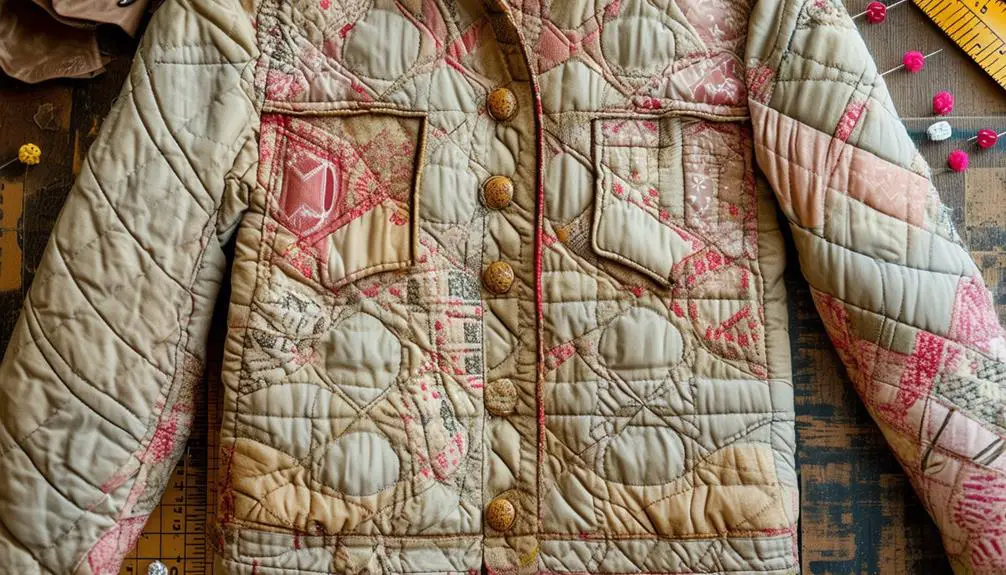
When you're ready to plunge into tailoring your vintage quilted jacket, how do you know where to start? First off, evaluating your vintage jacket is essential.
Begin by examining the exterior fabric for any wear and tear. Make sure the quilted denim is intact, without significant damage. A well-preserved exterior sets the stage for a stylish update.
Additionally, take note of any original labels or tags that could indicate the brand and era of the jacket, as this information can enhance the authenticity and value of your piece, especially if it features well-known designers like Antony Price.
Next, don't forget to check the interior lining. Look for stains, fraying, or any signs of wear that could impact comfort and aesthetics. After all, you want your jacket to look as good on the inside as it does on the outside.
Now, take a closer look at the original design elements. Are the patterns and colors still in line with your current style? If not, you might want to think about updates.
Choosing the Right Fabric
Choosing the right fabric for your vintage quilted jacket is vital to achieving a stylish and cohesive look. One great tip is to think about using leftover materials from past projects. These remnants can provide a unique yet complementary color palette that adds character to your jacket.
When selecting fabric, make certain it matches the original jacket's texture and weight, like denim or linen, to maintain its structural integrity and comfort. Additionally, exploring the history of the garment can influence your fabric choices, as vintage styles often adhere to specific patterns and materials that define their era, like the elegant fabrics used in vintage Betty Barclay dresses.
Reflect on the colors, too! A dusty navy blue can beautifully tone down a bold plaid pattern, making your jacket more versatile. It's imperative to confirm your chosen fabric suits the areas you're updating; for instance, use durable fabric for bias binding and a softer one for the lining.
Before you start sewing, don't forget to pre-wash and iron your fabric. This step prevents shrinkage and guarantees a smooth application during the tailoring process.
Preparing for Updates
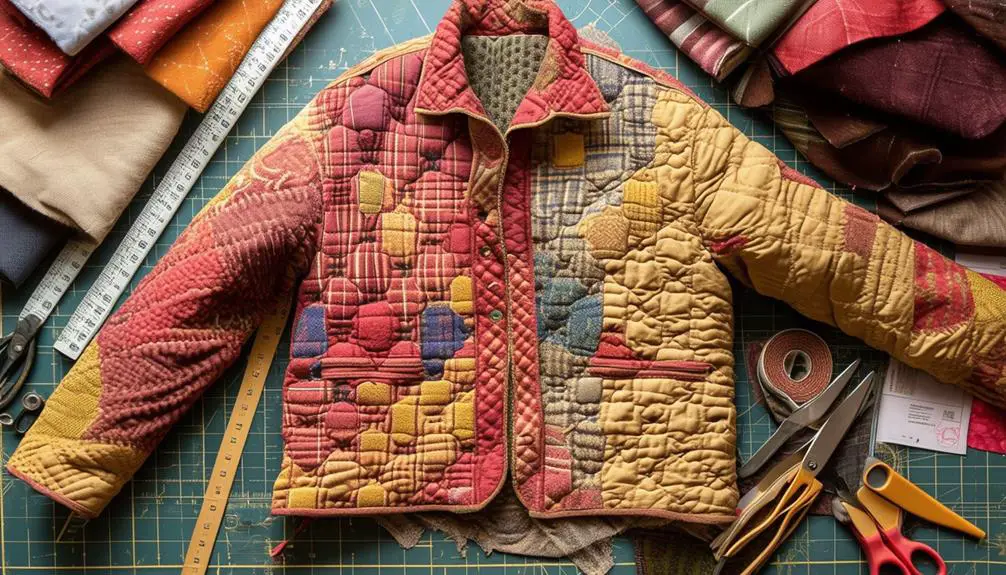
Now that you've got the fabric selection sorted, it's time to prepare your vintage quilted jacket for a makeover. Start by evaluating the jacket's current condition. Look for areas needing updates, like the lining, bias binding, and collar. Identifying these spots guarantees your updates will enhance the jacket's overall aesthetic.
Here's what you'll need for preparing for updates:
- A stitch unpicker for removing seams
- Rulers and chalk for measuring and marking
- New fabric pieces that complement your jacket
- Pins to hold everything in place
Next, measure and cut your new fabric accurately. Use your ruler and chalk to mark dimensions on scrap fabric before cutting to avoid mistakes.
Carefully unpick the original seams and bias binding; this lets you attach the new fabric without damaging the jacket. Once you've got access, pin and align your new fabric pieces meticulously. This step ensures a clean finish and prevents any raw edges from showing.
With everything prepped, you're ready to move on to the exciting part—stitching it all together!
Removing Old Bias Binding
Removing old bias binding may seem challenging, but with the right approach, you can do it smoothly and efficiently. Start by grabbing a stitch unpicker to carefully remove the original bias binding. Be gentle—your goal is to avoid damaging the fabric underneath. To guarantee precision while removing old bias binding, try two seam ripping methods. This way, you minimize the risk of any unintended tears in your vintage jacket.
Here's a quick overview of the steps involved:
| Step | Tool Needed | Tips |
|---|---|---|
| Unpick the binding | Stitch unpicker | Work slowly to avoid snags |
| Check for remaining threads | Tweezers (optional) | Remove any leftover threads |
| Assess the fabric | Your eyes | Confirm fabric is intact for new binding |
Once you've successfully removed the old bias binding, you're ready for the next steps in your tailoring journey. Remember, patience is key—take your time and enjoy the process of revitalizing your vintage quilted jacket!
Creating New Bias Binding
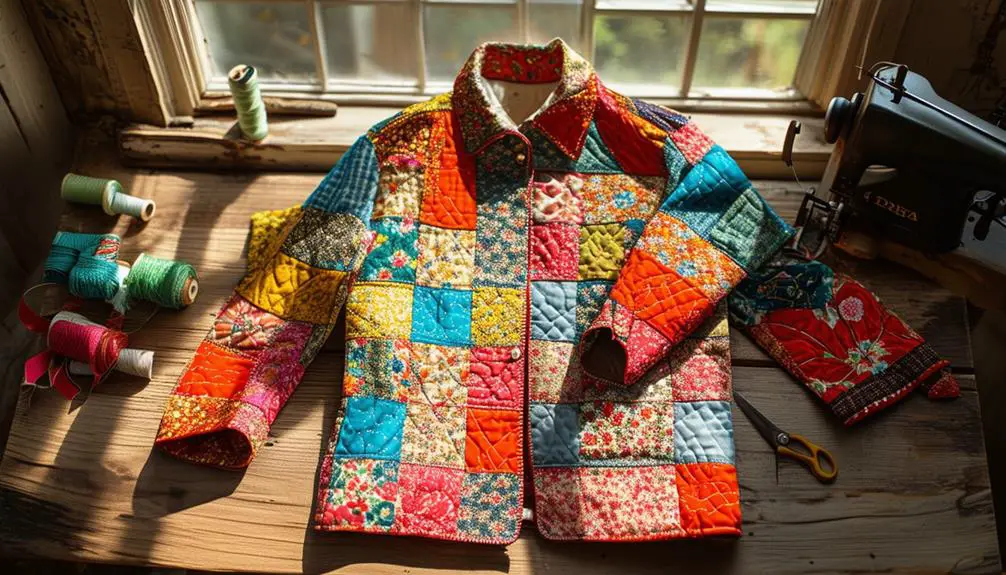
Creating new bias binding is a rewarding step that can breathe fresh life into your vintage quilted jacket. To get started, cut a fat quarter of your chosen fabric into strips that are 2 to 2.5 inches wide, depending on how wide you want the finished binding to be. A bias tape maker is your best friend here; it'll help you fold and press those strips into perfect bias binding, ensuring a consistent width and a neat finish.
Here's a quick checklist to guide you:
- Choose a fabric that complements your jacket.
- Cut your fabric strips accurately.
- Use a bias tape maker for uniformity.
- Pin and stitch the binding carefully to maintain a clean edge.
When you attach the bias binding, pin it to the right side of the fabric and stitch along the edge. Flip it to the inside for a polished look!
To secure the binding without visible stitching on the outside, stitch in the ditch along the original seam line. Adjust the width and attachment method to match the original garment construction, ensuring a cohesive finish. Happy sewing!
Attaching Sleeve and Collar Lining
Attaching the sleeve and collar lining can transform your vintage quilted jacket, giving it a polished finish that elevates its overall look.
To start with the sleeves, stitch the right side of the lining to the wrong side of the jacket sleeve. Once that's done, flip the lining back on itself and tuck under the edge. Topstitching here guarantees a clean finish, so no raw edges are visible. Remember to use a thread color that matches your fabric to minimize the visibility of your stitching.
Now, let's move on to the collar. You'll need to unpick just enough of the bias binding to access the collar seam. Attach the new lining by stitching along the original stitch line for consistency.
When securing the collar, flip it up to cover those raw edges and use bias binding to secure everything in place. This step not only adds a polished look but also reinforces your jacket's structure.
Don't forget to pin the lining in place before stitching; it's vital for accurate alignment and prevents any misalignment during the sewing process. Happy tailoring!
Finalizing Your Jacket

Finalizing your vintage quilted jacket is where all your hard work really pays off. At this stage, it's all about those finishing touches that elevate your jacket from good to great.
Start by ensuring all raw edges are tucked and secured, giving it that clean finish you're aiming for.
When it comes to top stitching, choose a thread color that closely matches your jacket fabric. This subtle detail minimizes stitch visibility and maintains a polished look.
Here are a few more tips to reflect on:
- Attach the sleeve lining by stitching the right side to the wrong side of the jacket, then flip it back to hide raw edges.
- For your collar, use tracing paper to create a new lining pattern, preserving the jacket's structure while saving you time.
- Finish off by adding top stitching along the collar and sleeves, close to the edges. This not only boosts durability but also enhances the overall aesthetic.
- Don't forget to give yourself a pat on the back—you've transformed a vintage piece into a unique wardrobe staple!
Sharing Your DIY Journey
Sharing your DIY journey not only celebrates your creativity but also connects you with a vibrant community of fellow enthusiasts. Documenting each step with photos and notes helps you track your progress while inspiring others who might be interested in similar projects.
By sharing insights on vintage clothing vintage tag identification, you can enhance the appreciation for your tailored pieces. Don't forget to share before-and-after images of your jacket transformations on social media platforms; this highlights the impact of your updates and engages others in your creative process.
Consider elevating your DIY game by creating tutorial videos or written guides detailing your techniques, like bias binding application or lining attachment. This can really help others learn from your experiences.
Engaging with online sewing forums or social media groups is another great way to share your project and receive valuable feedback, fostering connections with like-minded individuals who share your passion for sewing and sustainability.
Frequently Asked Questions
Is It Possible to Tailor a Quilted Jacket?
Absolutely, you can tailor a quilted jacket! By updating elements like the lining and binding, you enhance its look and fit while promoting sustainability. It's a fun way to breathe new life into your wardrobe!
Are Quilted Jackets Still in Fashion?
Absolutely, quilted jackets are still in fashion! They blend style and functionality perfectly, making them a go-to choice for layering. Plus, vintage options are trending, so you can rock unique looks while being sustainable.
How Do You Get Wrinkles Out of a Quilted Jacket?
To get wrinkles out of your quilted jacket, try steaming it first. If you don't have a steamer, hang it in a bathroom while showering. An iron on low with a cloth works too!
How Much Fabric for a Quilted Jacket?
You'll need about 2 to 3 yards of fabric for a quilted jacket. Typically, 2 yards for the outer fabric and 1 yard for the lining works, but add more for pockets or hoods.
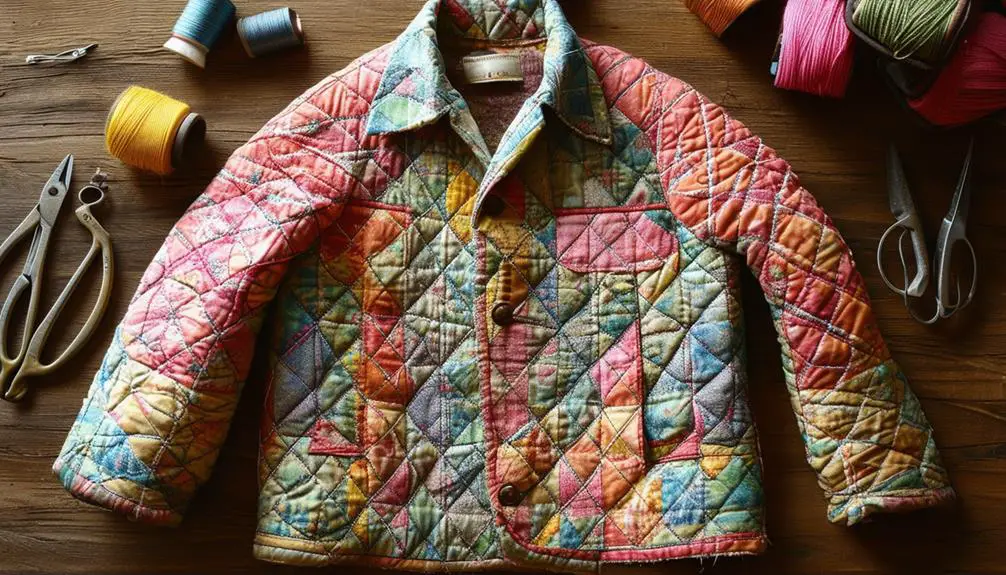

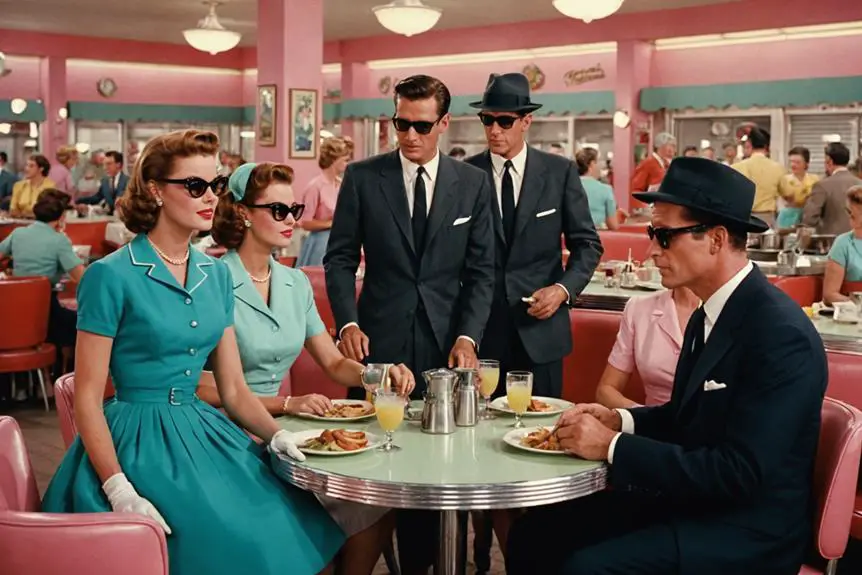
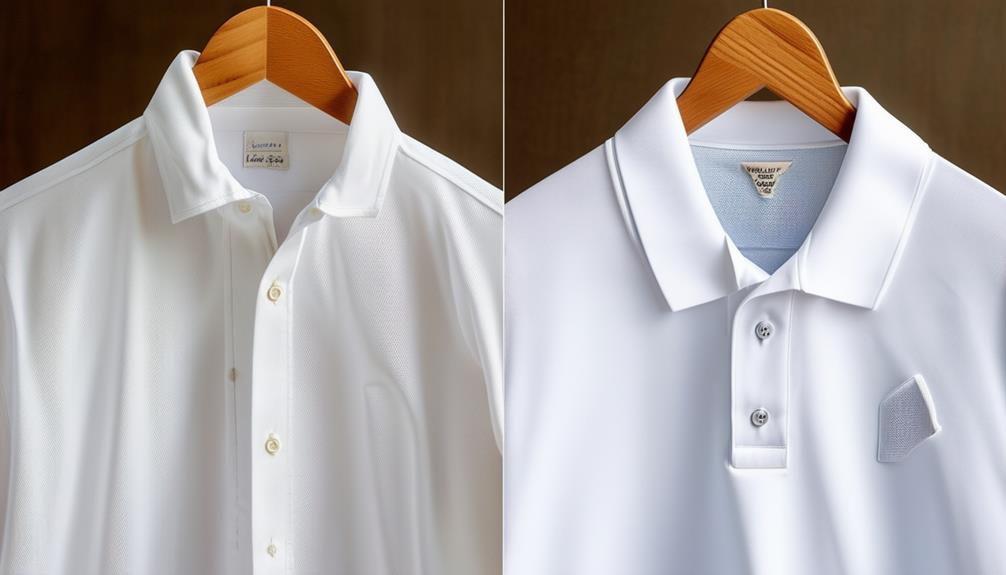

Thank you for your sharing. I am worried that I lack creative ideas. It is your article that makes me full of hope. Thank you. But, I have a question, can you help me?
Thanks for sharing. I read many of your blog posts, cool, your blog is very good. https://www.binance.info/lv/register-person?ref=B4EPR6J0